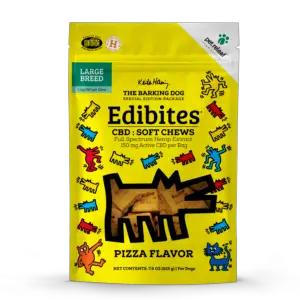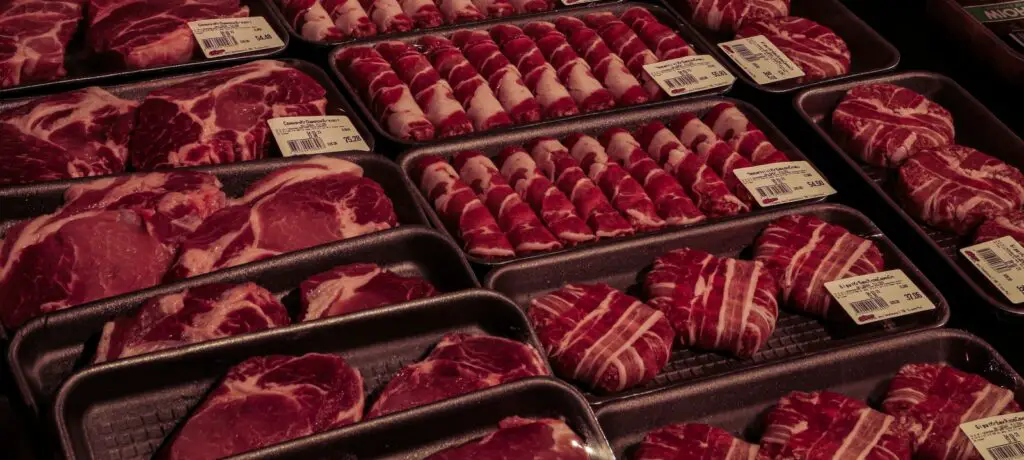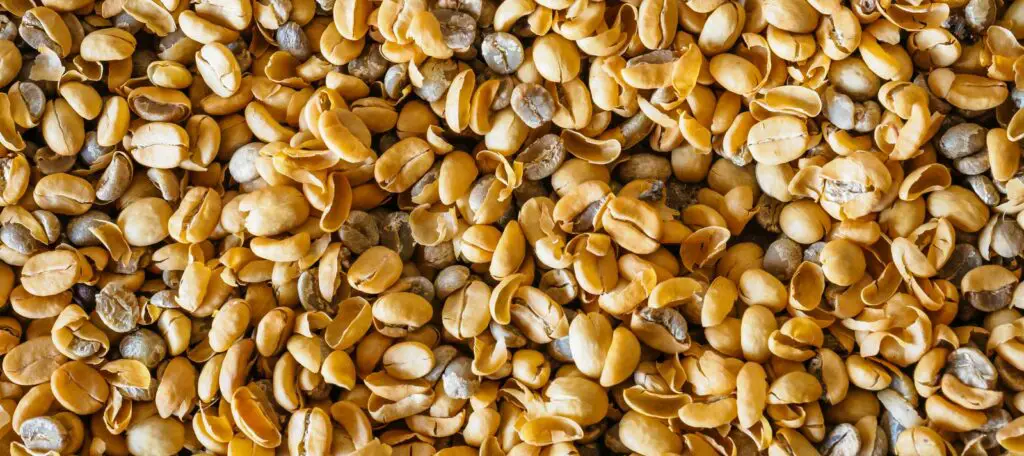
Key points
- A limited ingredient diet is a food regimen that includes fewer ingredients than an average dog’s diet. It typically has one source of protein and carbohydrates that your dog has not eaten before.
- There’s no set number of ingredients that can be present in limited ingredient dog food, but the ingredients should be whole and well-balanced.
- Switching your pet to LID is the easiest and most precise way to determine whether your dog is allergic to something. The idea is to start with a low-risk allergy ingredient and slowly introduce new foods to your dog, watch its reactions and find out what’s causing the allergy.
- The other benefits of LID for dogs include improved digestion, lower risk of GI upset, and lower fat and higher protein content compared to an average dog’s diet.
Statistics show that about 15-20% of cases of allergies in dogs are related to food allergies. However, there are a lot of debates about how common canine food allergies really are. Beef, chicken, dairy, and wheat are responsible for 79% of cases of food allergies in dogs. At the same time, it’s rare for dogs to have an allergic reaction to any other grains besides wheat.
Limited ingredient dog food contains fewer different ingredients compared to regular dog food. Essentially, when your dog has a less diverse diet, it’s less prone to developing allergic reactions to food. Your dog can’t be allergic to a product that it has not been exposed to before. But is a limited ingredient diet better for canines? How does LID work? Keep on reading and find out all the pros and cons of a limited ingredient diet.
Table of Contents
What Is Limited Ingredient Dog Food?
The terms “limited ingredient” or “limited ingredient diet” (LID) are more common and more strictly regulated than the term “limited ingredient dog food”. This diet usually contains one novel protein source. As for carbohydrates, these foods are often made with natural carbohydrate sources such as sweet potatoes, oatmeal, or brown rice, which are unlikely to cause allergies.
The exact number of ingredients that can be present in a limited ingredient diet is not set. The only requirement is that it should contain fewer ingredients than an average dog diet. But when shopping for limited ingredient dog food, it’s important to focus on the ingredients themselves rather than on their number.
What’s In A Limited Ingredient Dog Food?
LIDs can contain a variety of different ingredients. The key is to look for ingredients that your dog has not been exposed to before. Usually, this will include a protein source (we recommend going with insect protein) and some healthy carbohydrate sources.
Protein Sources
Limited-ingredient dog food may include one of the following protein sources:
- Fish (salmon, trout, whitefish, herring)
- Insects
- Alligator
- Rabbit
- Chicken
- Kangaroo
- Bison
- Duck
- Turkey
- Venison
- Pork
- Lamb
Many of these ingredients are unusual and even exotic and unusual. If you’re not sure what food to choose for your dog, go with insect-based pet food such as PetCan’s dry or wet dog food. While it may sound unusual at first, pet food made with insect protein has numerous significant advantages. For instance, its texture and taste are very close to those of conventional pet food made with regular meat protein, but it’s hypoallergenic and safe for dogs.
Many limited ingredient diets are made with protein sources such as turkey, chicken, and lamb, which are commonly added to regular dog food. Therefore, these diets likely won’t be suitable for diagnosing food allergies in your dog since there’s a significant chance that it has been exposed to these meats before.
Carbohydrates Sources
Common carbohydrates sources in limited-ingredient dog food include:
- Potatoes
- Sweet potatoes
- Peas
- Rice
- Brown rice
- Lentils
- Oatmeal
Grain-Free vs. LID Dog Food
A grain-free diet and a limited ingredient diet are not the same. Limited ingredient dog foods contain a significant amount of grains (except for corn and wheat), while grain-free diets don’t contain any of the grains that are found in conventional dog foods, such as:
- Wheat
- Rice
- Corn
- Oats
- Barley
- Rye
- Quinoa
A typical limited ingredient diet contains one protein and one or two carbohydrate sources. Grain-free diets can include many other ingredients that are not suitable for limited ingredient diets.
Why Should I Switch My Dog To LID Food?
If your dog doesn’t have any medical conditions, you don’t need to feed it limited ingredient food, as this diet is usually recommended when it’s necessary to diagnose dogs with food allergies. This is actually the only way to precisely determine what’s causing your dog’s symptoms because skin, hair, saliva, or blood tests don’t always give accurate results.
Food allergy symptoms in dogs may vary and can involve the pet’s ears, feet, inner thighs, face, armpits, and the area around the anus. Interestingly, up to 25% of dogs that have food allergies suffer from itchy ears.
10-15% of dogs with a food allergy experience GI symptoms, including chronic diarrhea, while others have recurrent skin infections that occur with or without itching.
Gary Weitzman, DVM and President of the San Diego Humane Society, says that only a small percentage of dogs suffer from food allergies. But a limited ingredient diet helps decrease the risk of the pet experiencing any allergic reactions and gastrointestinal issues. However, if you choose to feed your pet a limited diet, you need to ensure that it contains only whole and balanced ingredients.
The Risks Of LID
If you suspect that your pup has food allergies and wonder what type of diet you should switch to, you should consult with your veterinarian before experimenting with the pet’s food. Diagnosing food allergies is tricky and requires professional supervision.
Be aware that just because there are fewer ingredients in a limited ingredient diet, it doesn’t mean that it’s appropriate for your dog. In addition, when your dog consumes a limited ingredient diet manufactured with a novel protein source, it further reduces the number of options you have when it comes to dog food ingredients your pet hasn’t tried yet. So in the future, if your pet needs to be switched to another protein source, it could be difficult.
You should always check the labels when shopping for limited ingredient dog food since it may contain potentially harmful “hidden” ingredients. Recent studies have shown that 33-83% of “limited ingredient” pet foods contained some ingredients that were not listed on the label. That’s why it’s important to choose LID dog food manufactured by reputable companies such as PetCan. If you are not sure whether a particular diet is good for your dog, you should consult a vet.
Diagnosing Canine Food Allergies With LID
Veterinary dermatologists usually recommend going with limited ingredient diets rather than different tests to accurately diagnose your dog’s allergies. Hydrolyzed diet is also commonly used to diagnose food allergies in dogs. The proteins in this food are broken down into smaller particles that the body doesn’t recognize as allergens.
To determine whether your dog has food allergies, you will need to switch it to a limited ingredient diet for 8-12 weeks and strictly follow your vet’s recommendations. You should also eliminate all flavored medications, human foods, treats, flavored chews, and toys that can potentially cause allergies or substitute them with proper alternatives.
If your pup has skin and ear infections, you should treat them at the same time as you begin evaluating your pet for allergies. This will help to determine whether the diet was successful.
Is LID Dog Food The Best Choice?
It is a common misconception that feeding your pet a diet that contains fewer ingredients is healthier even if your canine doesn’t have any allergies. But unless these are high-quality ingredients that are rich in nutrients, your dog likely won’t experience any health benefits.
Keep in mind that dogs usually experience adverse reactions to proteins rather than grains. While grain-free or gluten-free diets can be beneficial, they are not always limited ingredient diets. So the best thing to do is consult a vet who can consider all the underlying factors and determine the best diet for your dog.
FAQ
Is limited ingredient food bad for dogs?
Limited ingredient diets are good for dogs, but only if they contain whole ingredients and are recommended by a veterinarian. LID foods are not necessary for dogs with no food allergies.
Is limited ingredient dog food the same as grain-free?
No, LID and grain-free diets are not the same. Limited ingredient diets contain only one protein and one or two carbohydrates sources. Grain-free diets simply don’t contain any grains, but they are made with plenty of other ingredients that are not associated with LID.
What is the most common food allergy in dogs?
The most common allergens for dogs are gluten or protein that comes from dairy products, soy, lamb, chicken, beef, or chicken eggs.







